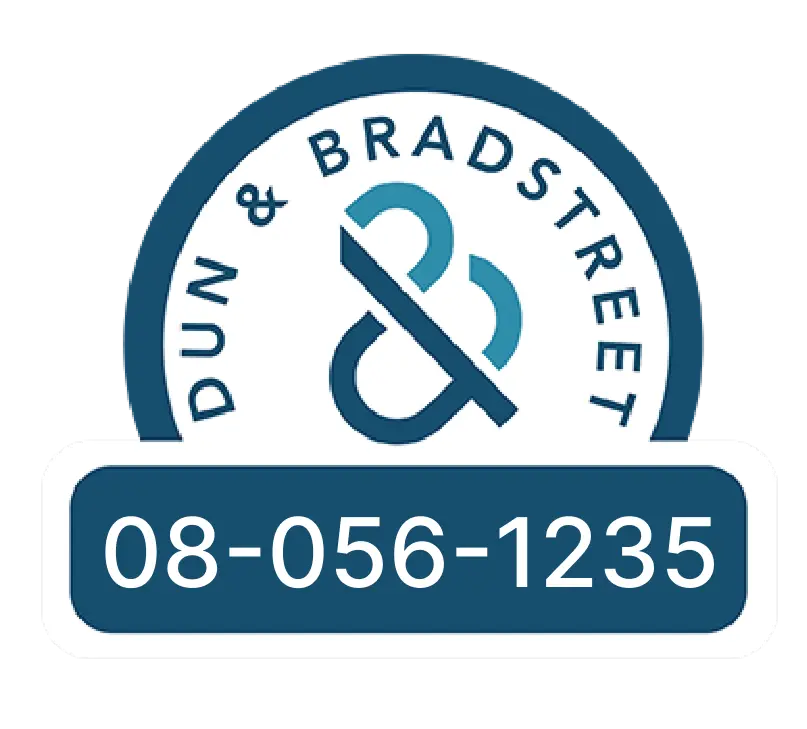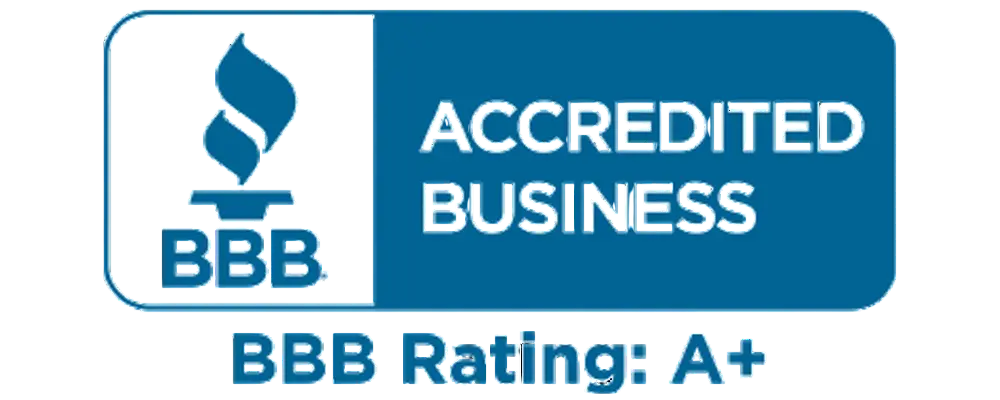Download free PDF
Nurse Call Systems Market - By Product, By Technology, By Application, By End Use - Global Forecast, 2025-2034
Report ID: GMI3992
|
Published Date: September 2025
|
Report Format: PDF
Download Free PDF
Authors: Mariam Faizullabhoy , Gauri Wani



Premium Report Details
Base Year: 2024
Companies covered: 15
Tables & Figures: 140
Countries covered: 19
Pages: 135
Download Free PDF

Nurse Call Systems Market
Get a free sample of this report
Get a free sample of this report Nurse Call Systems Market
Is your requirement urgent? Please give us your business email
for a speedy delivery!





Nurse Call Systems Market Size
The global nurse call systems market was valued at USD 2.6 billion in 2024. The market is expected to reach from USD 2.9 billion in 2025 to USD 6.7 billion in 2034, growing at a CAGR of 9.8% during the forecast period, according to the latest report published by Global Market Insights Inc. The high market growth is attributed to the increasing hospital admissions and patient volume, technological advancements in communication systems, rising geriatric population, and growth of long-term care and assisted living facilities, among other contributing factors.
Nurse call systems are communication systems used in healthcare facilities that allow patients to alert nurses or caregivers when they need help. Usually, the features of the system consist of bedside buttons, wall-mounted devices, or wearable transmitters that are connected to a centralized control panel. The main functions of the system are to upgrade patient safety, to shorten the time of response, and to facilitate the efficiency of workflow for the healthcare staff.
The major players in the nurse call systems market include Baxter (Hillrom), Honeywell, Ascom, Securitas Healthcare, and AMETEK (Rauland). These firms uphold their competitive position by product innovation on a regular basis, their presence in the global market, and their noteworthy expenditure on research and development.
The market has increased from USD 1.9 billion in 2021 and reached USD 2.3 billion in 2023, with the historic growth rate of 11.9%. The market growth was driven by the rising demand for improved patient safety and care efficiency, along with increasing healthcare facility modernization and adoption of advanced communication technologies.
The increasing incidence of chronic diseases, accidents, and surgical procedures has led to higher patient volumes in healthcare facilities. For instance, according to the World Health Organization (WHO), chronic diseases caused 41 million deaths globally in 2023, representing 74% of all deaths worldwide. The Centers for Disease Control and Prevention (CDC) reported that 6 in 10 adults in the U.S. had at least one chronic disease in 2022.
Additionally, the American Hospital Association documented a 12% increase in surgical procedures from 2021 to 2023. Nurse call systems help optimize workflows, reduce response times, and improve patient satisfaction. Healthcare facilities are investing in these systems to manage the growing patient numbers efficiently, with global healthcare IT spending reaching USD 270 billion in 2023.
Furthermore, the growing number of elderly individuals globally is driving demand for advanced nurse call systems, as this demographic is more prone to chronic illnesses and requires frequent care. Hospitals, nursing homes, and assisted living facilities are adopting these systems to ensure timely communication between patients and caregivers. This demographic shift is a major factor fueling long-term market growth.
~ 9.8% market share
Collective market share in 2024 is Collective Market Share 28%
Nurse Call Systems Market Trends
The market is growing considerably with the shift toward wireless and mobile-enabled systems, integration with hospital information systems (HIS) and EHRs, growing demand in home healthcare and assisted living, and increasing focus on patient-centric and personalized care, among other factors collectively driving industry growth.
Nurse Call Systems Market Analysis
Based on the product, the nurse call systems market is segmented into integrated communication systems, button systems, mobile systems, and intercom systems. The integrated communication systems segment has asserted its dominance in the market by securing a significant market share of 33.3% in 2024 owing to their ability to streamline communication between patients and caregivers, enhance workflow efficiency, and integrate seamlessly with electronic health records and hospital information systems. The segment is expected to exceed USD 2.2 billion by 2034, growing at a CAGR of 9.5% during the forecast period.
On the other hand, the mobile systems segment is expected to grow with a CAGR of 10.6%. The growth of this segment is driven by increasing adoption of smartphones and wireless technologies in healthcare, demand for real-time communication, and the need for flexible, patient-centered care solutions across hospitals and long-term care facilities.
Based on technology, the nurse call systems market is segmented into wired communication equipment and wireless communication equipment. The wired communication equipment segment dominated the market in 2024, accounting for USD 1.5 billion and is anticipated to grow at a CAGR of 9.3% during the forecast period.
Based on application, the nurse call systems market is segmented into alarms and communications, workflow support, wanderer control, and fall detection and prevention. The alarms and communications segment dominated the market in 2024, accounting for USD 1 billion and is anticipated to grow at a CAGR of 9.6% during the forecast period.
Based on end use, the nurse call systems market is classified into hospitals, nursing and assisted living centers, homecare settings, and other end users. The hospitals segment dominated the market with a revenue share of 62.3% in 2024 and is expected to reach USD 4.1 billion within the forecast period.
North America Nurse Call Systems Market
North America dominated the market with the highest market share of 42.4% in 2024.
Europe Nurse Call Systems Market
Europe nurse call systems market accounted for USD 705.9 million in 2024 and is anticipated to show lucrative growth over the forecast period.
Asia Pacific Nurse Call Systems Market
The Asia Pacific nurse call systems market is anticipated to grow at the highest CAGR of 11.1% during the analysis timeframe.
Latin America Nurse Call Systems Market
The Latin America market is experiencing robust growth over the analysis timeframe.
Middle East and Africa Nurse Call Systems Market
The Middle East and Africa (MEA) market is experiencing robust growth over the analysis timeframe.
Nurse Call Systems Market Share
The market is highly competitive, with key players focusing on strategic initiatives such as product innovations, partnerships, mergers, and regional expansions to strengthen their market presence.
Companies are increasingly investing in advanced technologies, including wireless communication, mobile solutions, and AI-powered workflow management, to differentiate their offerings and meet evolving healthcare demands. Key players include Baxter (Hillrom), Honeywell, Ascom, Securitas Healthcare, and AMETEK (Rauland), collectively accounting for 28% of the total market share.
In addition, several regional and niche players are gaining traction by providing cost-effective solutions tailored to small- and mid-sized healthcare facilities. The competitive dynamics are further intensified by continuous upgrades in hospital infrastructure, rising adoption of smart healthcare systems, and increasing government initiatives supporting patient safety and digital health integration. Companies that can offer integrated, scalable, and user-friendly solutions are expected to maintain a competitive edge in both developed and emerging markets.
Nurse Call Systems Market Companies
Few of the prominent players operating in the nurse call systems industry include:
The company is leading the nurse call systems market with a ~9.8% share in 2024. Voalte Nurse Call integrates nurse call, mobile communications, alarm management, and patient engagement into a single platform, enhancing hospital-wide care coordination. Its seamless connectivity with Hillrom smart beds allows real-time patient status updates, improving response times and overall patient safety.
Systevo Call Systems offers comprehensive components such as patient handsets, corridor indicators, and central units to ensure seamless communication. The system’s mobile integration enables caregivers to receive alerts and communicate directly from devices, boosting response efficiency.
Telligence Nurse Call System integrates data from multiple sources, including medical devices and patient call buttons, to streamline workflows and improve response times. Its open, modular architecture allows customization and scalability to meet the needs of diverse healthcare settings.
Nurse Call Systems Industry News:
The nurse call systems market research report includes an in-depth coverage of the industry with estimates and forecast in terms of revenue in USD Million from 2021 - 2034 for the following segments:
Click here to Buy Section of this Report
Market, By Product
Market, By Technology
Market, By Application
Market, By End Use
The above information is provided for the following regions and countries: